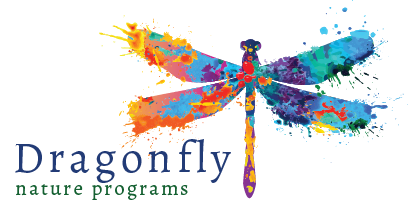The tortoise and the hare. The parable about working within one’s limits. Some people are all flash and style, shock and awe, get in get out, full of confidence and charisma. Some people relate to the hare.
I, am more of a tortoise. Slow and steady, a plain Jane of sorts, not trying to call attention to myself but certainly moving with purpose. And it is this strategy I relied on to change my one quarter acre property in suburbia to a wildlife oasis. I could have called in reinforcements, hired a landscaper, gotten it all done in one season and that too is an effective strategy for change. But I went section by section and years later it’s all coming together.
In fact, my neighbor asked me yesterday “How do you now so much about plants?” “Ha!” I giggled at the compliment. “Practice I suppose.”
You, dear reader, need to pick your own strategy. My goal today is to encourage the tortoises out there, who like me, don’t have a big budget for plants or to hire staff and would like to learn as they go.
Skipper on a coreopsis flower.
I started with my front yard by removing overgrown bushes and replacing them with native varieties. My front yard is deeply sloped so I chose to work with the slope and build the eye up towards my house, low lying asters at the bottom, blue, late summer bloomers, yellow coreopsis that tower over the asters but don’t overwhelm and behind that a curving line of river oats, to offset the flowers with green and golden grass stems and seeds.
New growth on a fern; fronds unraveling.
My backyard butts up to a wooded lot, therefore receives little reliable sun. The pond area (described in the first installment of this series) is surrounded by hydrangea, ferns, Solomon seal, some early blooming daffodils and I’m still filling in the rest with pachysandra ground cover. The hydrangea provides the summer blooms and the winter shelter. They line my shed and the fence to my neighbor’s yard and kind of close in the space. The shorter ferns and other plants fill in the blank areas. And the pachysandra is a new addition, as I try to provide as much cover as possible for wildlife (I’ll write more about that in the upcoming installment of this series). There is a silver maple in this bed and a flowering dogwood planted on my neighbor’s property but it grows over the fence providing wonderfully white blooms in the spring.
Across the backyard lawn (mostly moss and clover) I’ve recently been working on a bed to match its mate. This area however does receive some afternoon summer light, so hydrangeas and ferns can’t extend as far. I’m still working on how to fill in the sunnier space while still trying to match the aesthetic of the other side of the yard. It’s a work in progress!
Zebra swallowtail feeding from a zinnia flower.
And then of course, the butterfly garden in the devil’s strip of my front yard is the showstopper of summer. On the left of my driveway I plant milkweed and Shasta daisies around the mailbox. The rest of the strip is filled in with spring blooming phlox and a hearty ground cover, twin flowers. The annual flower garden lines the street to the right of the driveway. This year instead of seeds I purchased 7 different pollinator plants and I’m awaiting their shipment from Prairie Moon Nursery. This tortoise is ready to get gardening and is trying something new this year!
My suggestion is to choose one small area of your yard to work on at a time. Try new things, and don’t be afraid to make mistakes. I’ve planted lots of plants that ended up going to neighbors once I realized they weren’t going to work out like I expected. The joy in gardening for wildlife is enjoying the presence of new creatures in your yard and starting with a very simple 3” X 3” space is a benefit to you and to the wildlife that is dependent on native plants for survival.
Have fun with it! We need more and more people to try their hand at gardening for wildlife if we want the wildlife to survive us humans, so thank you for trying. And to read more about my wildlife encounters at home, subscribe below.




